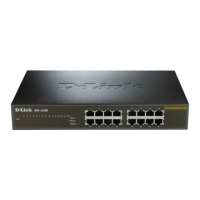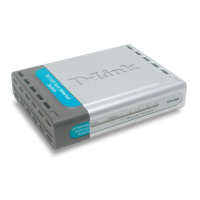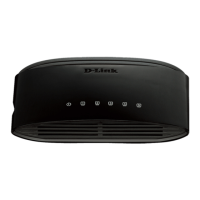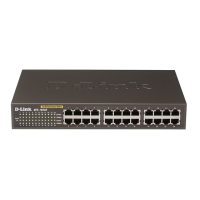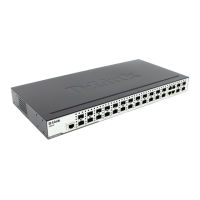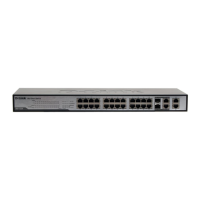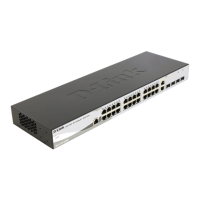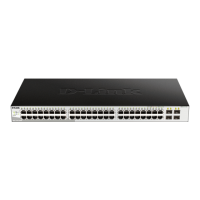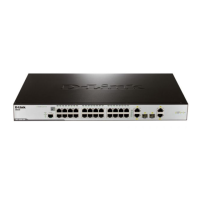10/100 Fast Ethernet Switch User’s Guide
2
Introduction
straightforward upgrade and takes advantage of the company’s existing
investment in hardware, software, and personnel training.
Switching Technology
Another approach to pushing beyond the limits of Ethernet technology is
the development of switching technology. A switch bridges Ethernet
packets at the MAC address level of the Ethernet protocol transmitting
among connected Ethernet or Fast Ethernet LAN segments.
Switching is a cost-effective way of increasing the total network capacity
available to users on a local area network. A switch increases capacity and
decreases network loading by making it possible for a local area network to
be divided into different
segments
which don’t compete with each other for
network transmission capacity, giving a decreased load on each.
The switch acts as a high-speed selective bridge between the individual
segments. Traffic that needs to go from one segment to another is
automatically forwarded by the switch, without interfering with any other
segments. This allows the total network capacity to be multiplied, while
still maintaining the same network cabling and adapter cards.
For Fast Ethernet networks, a switch is an effective way of eliminating
problems of chaining hubs beyond the “two-repeater limit.” A switch can
be used to split parts of the network into different collision domains,
making it possible to expand your Fast Ethernet network beyond the 205
meter network diameter limit for 100BASE-TX networks. Switches
supporting both traditional 10Mbps Ethernet and 100Mbps Fast Ethernet are
also ideal for bridging between existing 10Mbps networks and new
100Mbps networks.
Switching LAN technology is a marked improvement over the previous
generation of network bridges, which were characterized by higher
latencies. Routers have also been used to segment local area networks, but
the cost of a router and the setup and maintenance required make routers
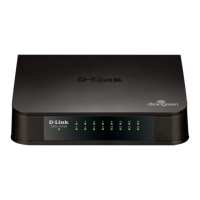
